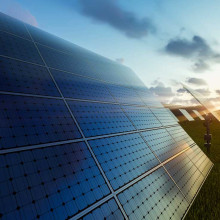Plastics development: Bio-based, circular plastics for more sustainability
- Details
- Hits: 2873
For the resource-efficient use of Plastics develops that Fraunhofer Institute for environmental, safety and energy technology "prudence" new materials. The focus is on bioplastics, a circular plastics economy and strategies to reduce macro- and microplastics in the environment.
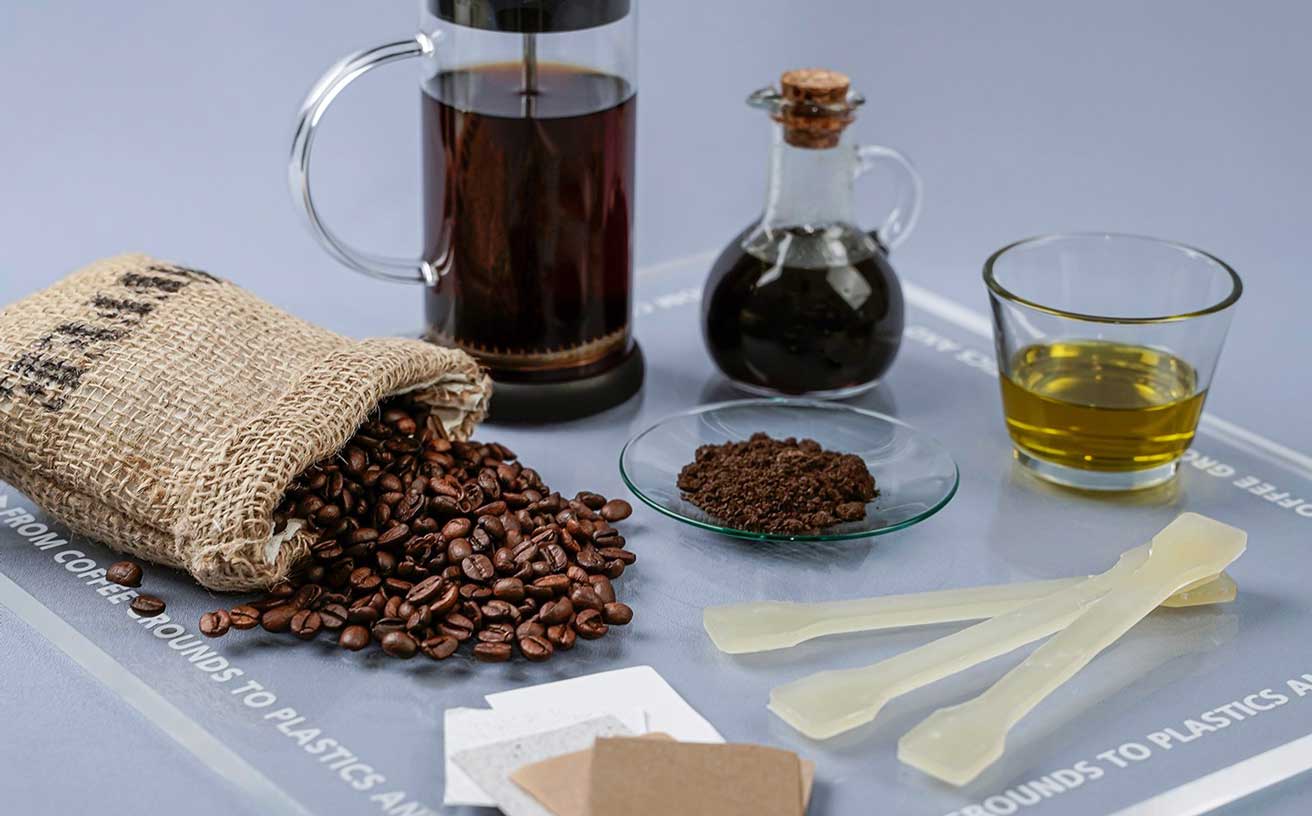
Im Project Inca the researchers extract a valuable chemical intermediate from the inedible coffee oil. It is suitable for the production of plastic additives. They use de-oiled coffee grounds as an alternative raw material for the paper and cardboard industry. "A particular challenge in our project is the scale-up of the process steps from the laboratory to industrial production," explains Inna Bretz, Head of the Circular and Biobased Plastics Department at Fraunhofer Umsicht.
In the production of food, it is common to wear disposable protective clothing to comply with safety and hygiene regulations. Parts of the protective clothing can end up in the food and not be detected there. That is the background of Project Detective for the development of a film material based on thermoplastic polyurethanes (TPU) and X-ray detectable additives. “The project results so far are promising. We are currently planning further development steps with our project partner," reports Christina Eloo, Group Manager for Plastics Development.
 Reading tip: Three ways to get started with generative AI
Reading tip: Three ways to get started with generative AI
Technical components with an increased risk of fire require flame-retardant, heat-resistant and impact-resistant plastics. the Limits in bioplastics are, however, fire behavior, sufficient temperature resistance or impact strength. As part of the "Techplastic" project, PLA compounds for durable products are being developed in an application- and market-oriented manner, taking into account the respective requirements and costs.
Further research is aimed at plastics with adapted degradability that fulfill the desired properties during the service life such as geotextiles or mulch films. To investigate and evaluate the changes in the properties of plastics during aging due to environmental influences, the researchers set the conditions in the laboratory as close to the application as possible. Depending on the product, different substrates such as compost, soil or water, different temperatures and UV light can be used.
Fraunhofer Umsicht is exhibiting at the K 2022.
You might also be interested in...

Infrared camera optimizes Laser Powder Bed Fusion 3D printing

Artificial Intelligence | trends and developments
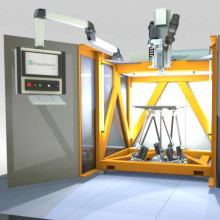
3D printer | Additive manufacturing of plastic parts
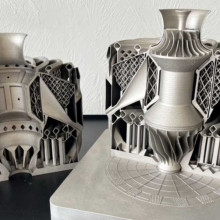
3D printer metal | Amazing Possibilities
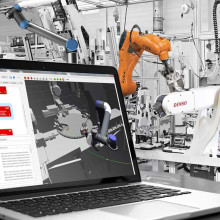
Programming Robots | software and controls
